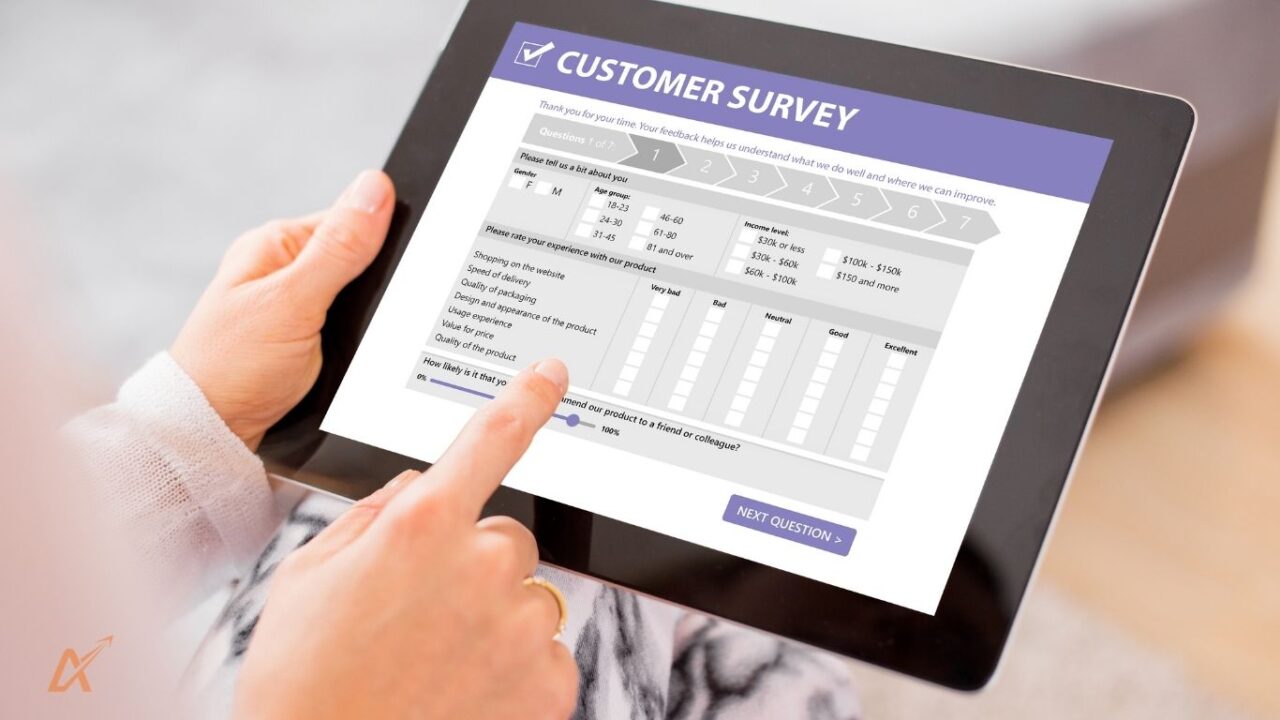How many “quick survey” requests hit your inbox this week? How many did you delete without thinking? We’re drowning in survey noise. If you want people to answer yours, it has to be different: thoughtful, focused, and worth their time.
A great survey does more than collect responses. It starts a conversation that leads to genuine insight.
Start With Your Goal
Before my team writes a single question, I ask them: “What decision will this survey help us make?” You have to be clear about your objective from the very beginning.
Are we trying to figure out why a feature is underused?
Are we checking in on customer happiness?
Are we testing a new idea?
A sharp objective is the foundation for everything that follows. It ensures the data you get back is actually useful.
Find the Right People to Ask
Your survey is only as reliable as the group you send it to.
Go for random samples. If you can, pull participants from your entire customer base, not just the most active or vocal ones.
Segment your audience. We often break down lists by demographics or by how long someone has been a customer. This lets you spot patterns and compare how different groups feel.
Even with a small sample, we trust the process because of a statistical concept called the Central Limit Theorem (CLT). In simple terms, it means that as you get more responses, the average result becomes more reliable. You do not always need thousands of people to find a meaningful signal.
Write Clean, Unbiased Questions
Bias slips in easily through wording.
Avoid leading questions. Instead of “How much do you love our new feature?” ask “How would you rate our new feature on a scale of 1 to 5?”
Use balanced scales. A simple 1–5 or 1–7 scale gives people a neutral option.
Always test your survey on a small group first. Fresh eyes will catch confusing questions you might miss.
Use the Right Tools
Modern tools make surveys easier to run and analyze. We have used Google Forms, Typeform, and SurveyMonkey.
Ask yourself:
- Does it support anonymity? You will get more honest feedback if people know their name is not attached.
- Can you export the data? You will want to analyze the results yourself.
Analyze with Discipline
When results start coming in, it is tempting to look for data that proves what you already believe. Fight that urge.
Start with the basics: averages, frequencies, and simple counts.
Slice the data by the segments you defined earlier.
Be careful about drawing big conclusions from small differences. Make sure a pattern is real before acting on it.
Be Smart About Incentives
Incentives improve response rates, but they can attract the wrong participants.
Keep them modest: a small gift card, discount code, or random prize draw is usually enough. The goal is to thank participants, not influence their answers.
Protect People’s Data
Respect the people who give you their time.
Anonymize responses whenever you share findings.
Store the data securely and share it only with those who need to see it.
Be upfront about how you plan to use what you collect.
A Few Final Tips
Before you hit send:
- Keep it short. Ask only what you need to meet your goal.
- Set expectations. A line like “This is a 10-question survey that takes 3 minutes” improves completion rates.
- Make sure it works on mobile. Many people will respond on their phone, and a clunky survey will cost you responses.
The Bottom Line
A well-designed survey gets you truth you can act on. The care you put into design, audience, and analysis directly affects the quality of the insight you get back — and how quickly you can use it to grow.
Need help structuring questions, analyzing results, or turning findings into action?
Let INCENTIPAQ handle it.
Call 1-800-PAQ-9525 or email hello@incentipaq.com

